Arima Born: Revealing the History of Arima and its Mission through the Catholic Church’s Baptismal Registers, 1820–1916
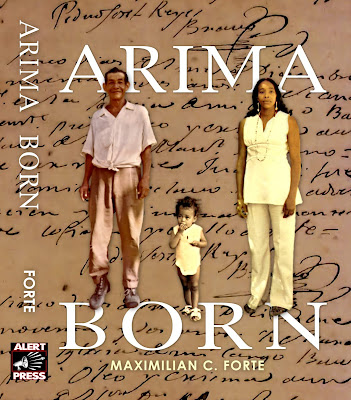 The Catholic Mission of Santa Rosa is something that helped to make Arima a distinctive town in Trinidad, accounting for nearly half of the Amerindian population of the colony in the 1800s. The baptismal registers of the Catholic Church in Arima, including those pertaining to its years as a Mission, offer us unique insights into the social history of Arima, its demographic and cultural transformations, while opening another window onto the profound political-economic and legal changes that occurred in the colony throughout the 19th-century. However, when the data from those baptismal registers are read in conjunction with government documents and texts from the time, we are faced with what might seem like a series of deep mysteries.
The Catholic Mission of Santa Rosa is something that helped to make Arima a distinctive town in Trinidad, accounting for nearly half of the Amerindian population of the colony in the 1800s. The baptismal registers of the Catholic Church in Arima, including those pertaining to its years as a Mission, offer us unique insights into the social history of Arima, its demographic and cultural transformations, while opening another window onto the profound political-economic and legal changes that occurred in the colony throughout the 19th-century. However, when the data from those baptismal registers are read in conjunction with government documents and texts from the time, we are faced with what might seem like a series of deep mysteries.
Was Arima’s mission an Indian Mission after all? Was the mission established “for the good” of the Amerindians? How many Indigenous people lived in the Arima Mission, and in Trinidad as a whole? Who counted them? How were they counted, and why? Were the Amerindians segregated from other races? Why did Arima come to be seen as a centre of Indigenous culture in Trinidad? Exactly how did the Amerindians “vanish” from the Mission? Did the mission help to perpetuate Amerindian social and cultural forms in Trinidad, or did it promote their dissolution? Did the Amerindians gladly convert to Catholicism and adhere to an austere lifestyle of obedience and service in the mission? What explains the alleged “decline” in Trinidad’s Indigenous population? Did the Arima Mission have a secret side?
These questions are answered in this book by using two sets of documentary sources: complete data from the Baptismal Registers of the Santa Rosa RC Church about Indigenous and Mestizo persons in the Arima Mission and after (1820 to 1916), reproduced in full in this book; and, newly available historical reports from the 1800s, including the earliest report in print of a visit to the Arima Mission. This book provides new estimates of both the Amerindian population of the Arima Mission and all of Trinidad; revised, updated, and expanded census data for Trinidad’s Amerindian population from the late 1700s to the mid-1800s is also provided, making it the most comprehensive accounting thus far. Ethnohistorians will gain valuable insights and detailed notes about using baptismal registers as sources of data. However, the larger questions about the politics of counting a target population are addressed through a critique of the four dominant myths concerning the Arima Mission.
This book, based entirely on primary sources and reproducing—in full—all of the entries in the baptismal registers from 1820 to 1916 concerning Arima’s Amerindian, Mestizo, and much of its Spanish-language population, addresses the questions above by presenting some striking findings that advance a provocative narrative. Colonial oligarchic domination, the political economy of racism, and the creation of inequality and poverty now stand out.
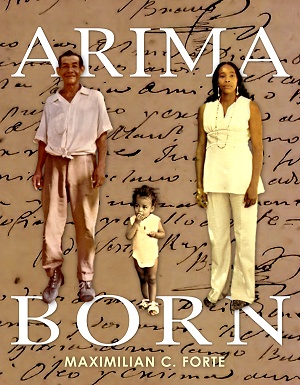
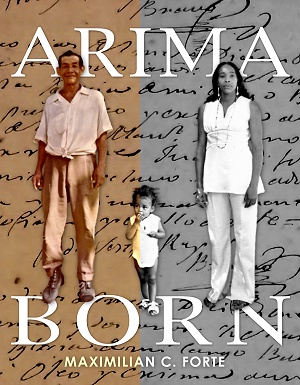
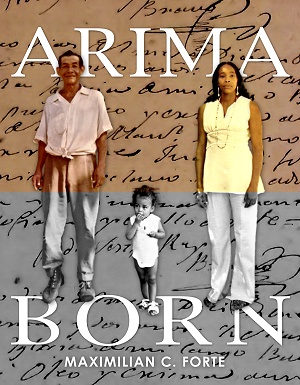
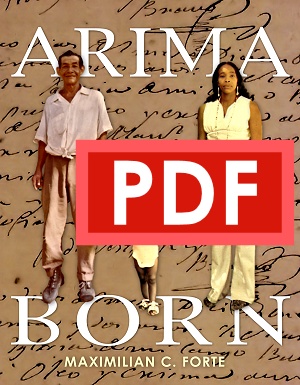
No comments:
Post a Comment